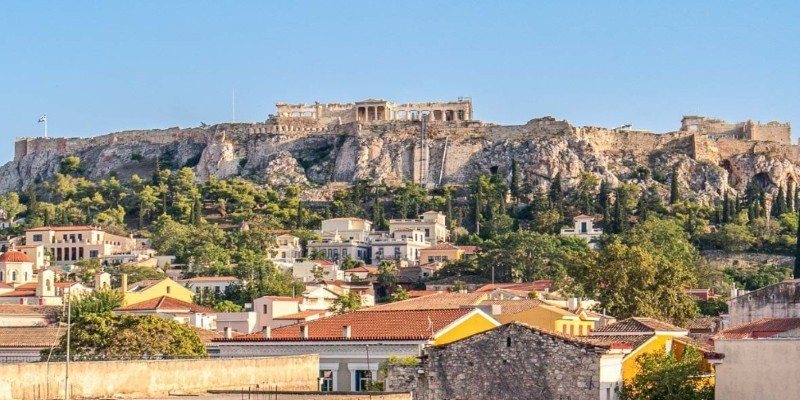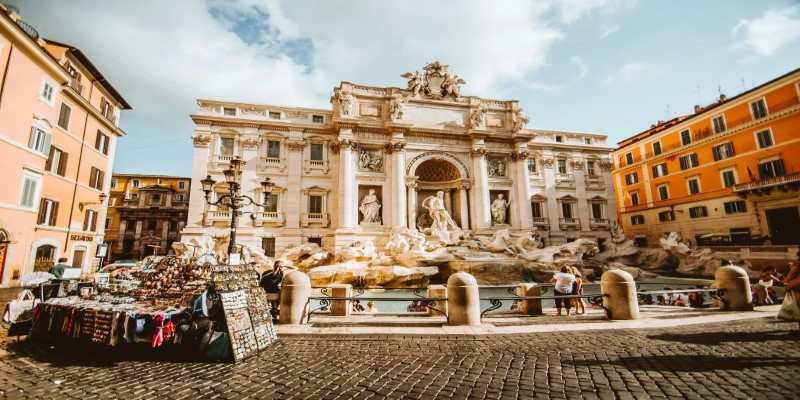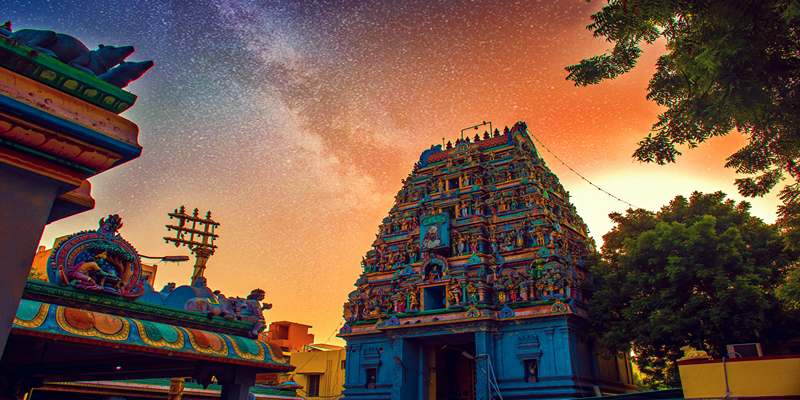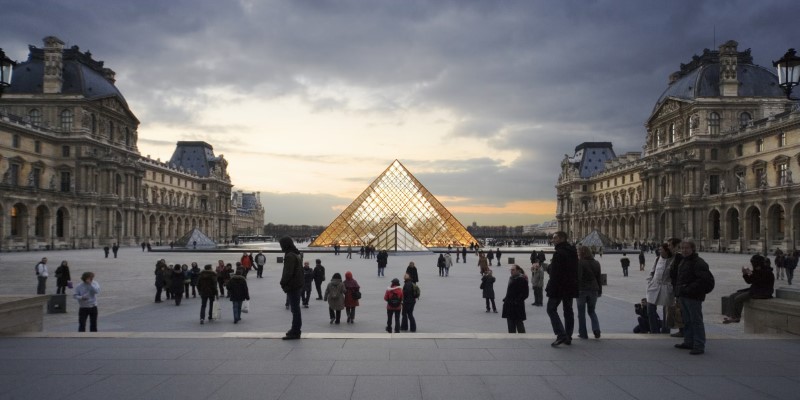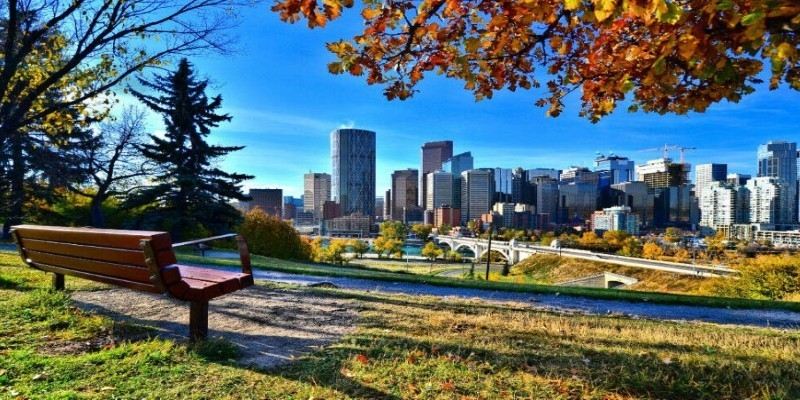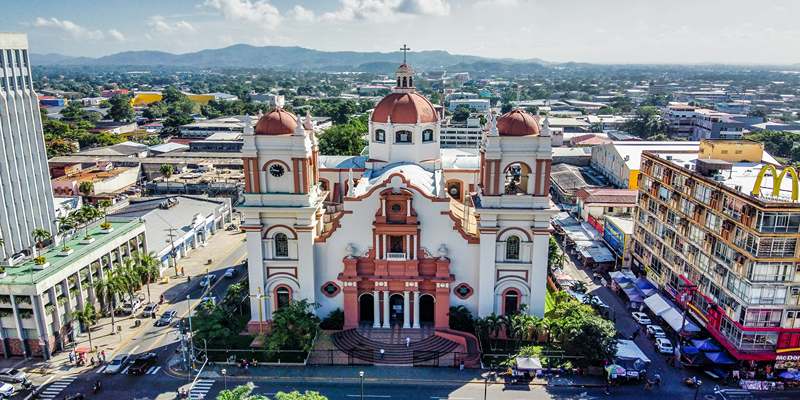Chichen Itza is an iconic archeological site in Mexico, and it is a must-see for travelers who would be interested in history, architecture, and revived ancient cultures. First-time visitors need to do preparation in advance so as to have a good, productive trip. It is a Chichen Itza guide that will provide cultural background and tips that are needed to plan out and travel. The best times to visit, the meaning of those ruins—all of this will be ready to make you appreciate and enjoy as much as you can your visit to this sublime place.
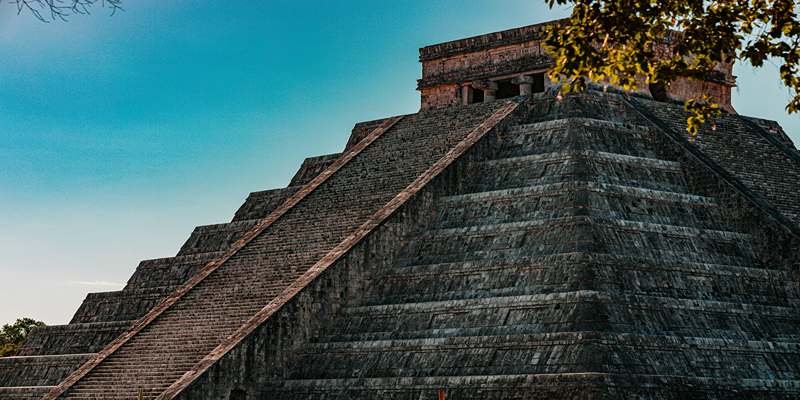
Planning Your First Trip to Chichén Itzá
Best Time of Year to Visit
The time you choose to visit Chichén Itza can influence a lot. November to April is also the dry season, during which the sky is clear and temperatures are pleasant, making it a good time to travel to view the open-air ruins. Do not come during noon hours when it is hottest. A visit in the early morning beat the heat as well as the crowds. The March and September equinoxes attract massive crowds because of the renowned shadow that El Castillo shows, but it may be intimidating to a new tourist. In general, midweek is your best chance to have a more relaxed and pleasant experience on your first visit to the site.
How to Get to the Ruins
Chichén Itza is within two to three hours of Cancun, Merida, and Valladolid, so it is a common day visit for all of them. Regular buses ply out of these cities, and especially ADO bus services are comfortable and low-priced. By renting the car, you have the luxury and opportunity to visit other tourist sights along the route. Guided tours out of major cities are handy to Chichén Itzá in case of making the first visit and may include transportation, entry, and local knowledge. However you take your pick, just make sure you get out early enough so that you get to spend some time enjoying the ruins before the midday sun makes life more than difficult.
Entry Fees, Hours, and Tickets
Children below 13 years are mostly given free entry or concession. On-site tickets may be bought, although one is encouraged to come in early to avoid queues. Otherwise, prepaid admission comes with many tours. Take money, because acceptance of cards is not always high. Visitors can also purchase a combo ticket, which also gets them a chance to visit the Cenote Ik Kil, which is a cave close to Chichen Itza.
What to Expect When Visiting the Site
Layout and Key Structures to Explore
The site’s layout spans over five square kilometers, featuring temples, ball courts, and ceremonial structures. El Castillo (Temple of Kukulkán) is the central pyramid and the most recognized feature. To its north lies the Great Ball Court, the largest of its kind in Mesoamerica. Other highlights include the Temple of the Warriors and the Observatory (El Caracol). Paths between structures are flat and well-marked, though unshaded. Allow at least two to three hours to explore fully. The architecture reflects Maya cosmology and astronomy, making a map or guided explanation helpful to understand the significance of each ruin you encounter.
What to Bring and Wear
Comfortable clothing and preparation make a big difference when visiting Chichén Itzá. Lightweight, breathable fabrics are best for the tropical heat. Wear a hat and sunglasses, and apply sunscreen before arrival. Closed-toe walking shoes or hiking sandals are ideal, as the site’s stone paths and sandy areas can be rough underfoot. Bring a reusable water bottle, as hydration is important. Small backpacks are permitted and useful for carrying essentials like maps, snacks, or an umbrella for shade. Cameras are welcome, but drones are prohibited. Be mindful to dress respectfully, as this is a cultural and historical heritage site.
Guided Tours vs. Self-Guided Options
First-time travelers often benefit from a guided tour, especially for understanding the cultural and historical importance of the ruins. On-site guides are available for hire at the entrance, or you can book tours in advance that may include transportation and lunch. Many guides are multilingual and offer insight into Maya beliefs, symbolism, and the site's astronomical alignments. If you prefer a self-guided visit, consider downloading an audio tour app or bringing a well-researched guidebook. Information signage is limited on-site, so some background knowledge enhances your experience and appreciation of Chichén Itzá’s architectural complexity and Maya cultural legacy.
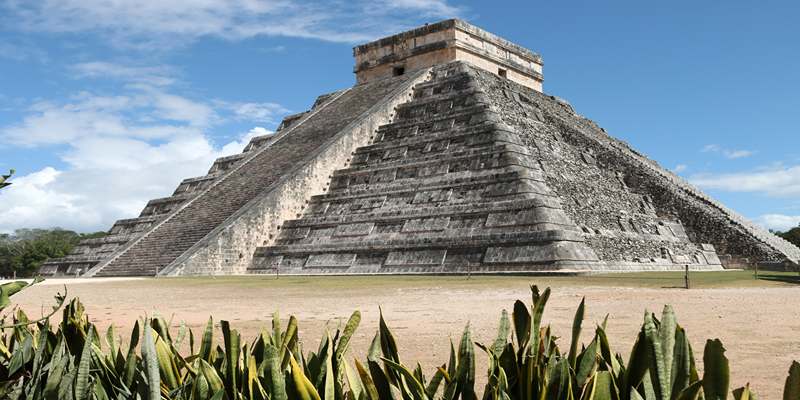
Understanding the Maya Legacy
Historical Background of Chichén Itzá
Chichén Itzá was a powerful city during the Late Classic to Early Postclassic periods (600–1200 CE). It served as a major political, religious, and economic center for the Maya civilization. Influenced by both Maya and Toltec cultures, the city shows a blend of architectural styles. El Castillo, with its 365 steps representing the solar calendar, demonstrates the Maya’s astronomical expertise. The site was eventually abandoned, though its ruins remained sacred.
Cultural Importance of the Maya Civilization
The Maya were skilled astronomers, mathematicians, and builders. Their influence extended across modern-day Mexico, Guatemala, Belize, and Honduras. In Chichén Itzá, religious practices, city planning, and science intersected. The Maya calendar system, ritual ball games, and beliefs in celestial cycles shaped daily life. Structures were aligned with solstices and equinoxes, reflecting this deep cosmological knowledge. Modern Maya communities still live throughout the region, maintaining linguistic and cultural traditions.
Symbolism in the Architecture
Chichén Itzá’s architecture reflects the Maya worldview. El Castillo is designed to produce a shadow of a serpent during equinox sunsets, symbolizing the god Kukulkán. The Temple of the Warriors features carvings of deities and warriors, illustrating the society’s military and religious life. The Great Ball Court has murals depicting ceremonial games and sacrifices tied to beliefs about life, death, and rebirth. Even the orientation of buildings aligns with celestial events.
Conclusion
Visiting Chichén Itzá for the first time is a rewarding and enlightening travel experience. With proper planning, cultural awareness, and a spirit of curiosity, you’ll leave with a deeper appreciation for the Maya world. This guide aims to prepare you for the practicalities and deeper meaning behind the ruins so you can explore with confidence. Whether you're fascinated by ancient civilizations or just seeking a memorable stop on your Mexico trip, Chichén Itzá offers a truly awe-inspiring adventure. Enjoy your journey through time and honor the living legacy of this extraordinary site.


